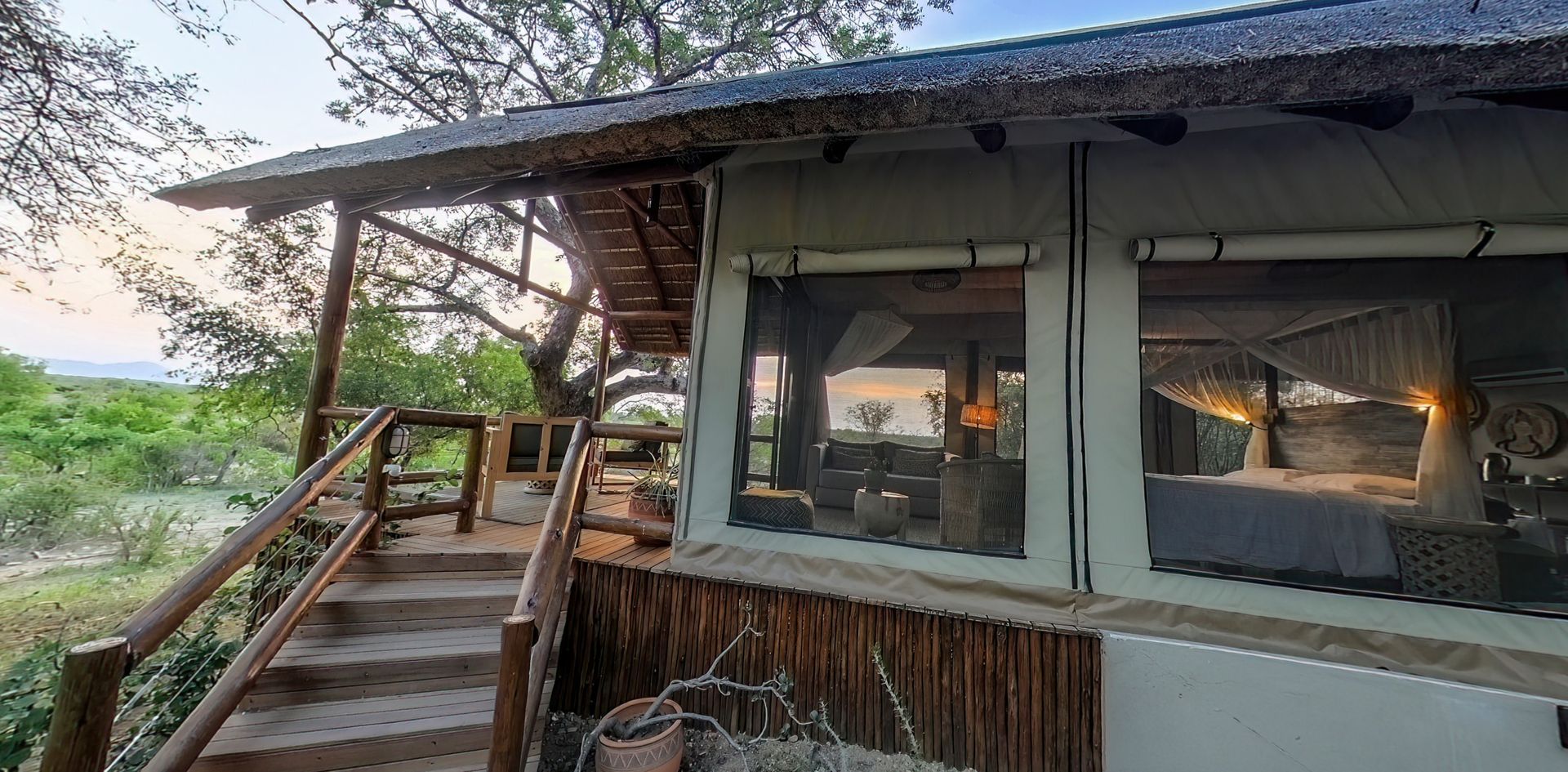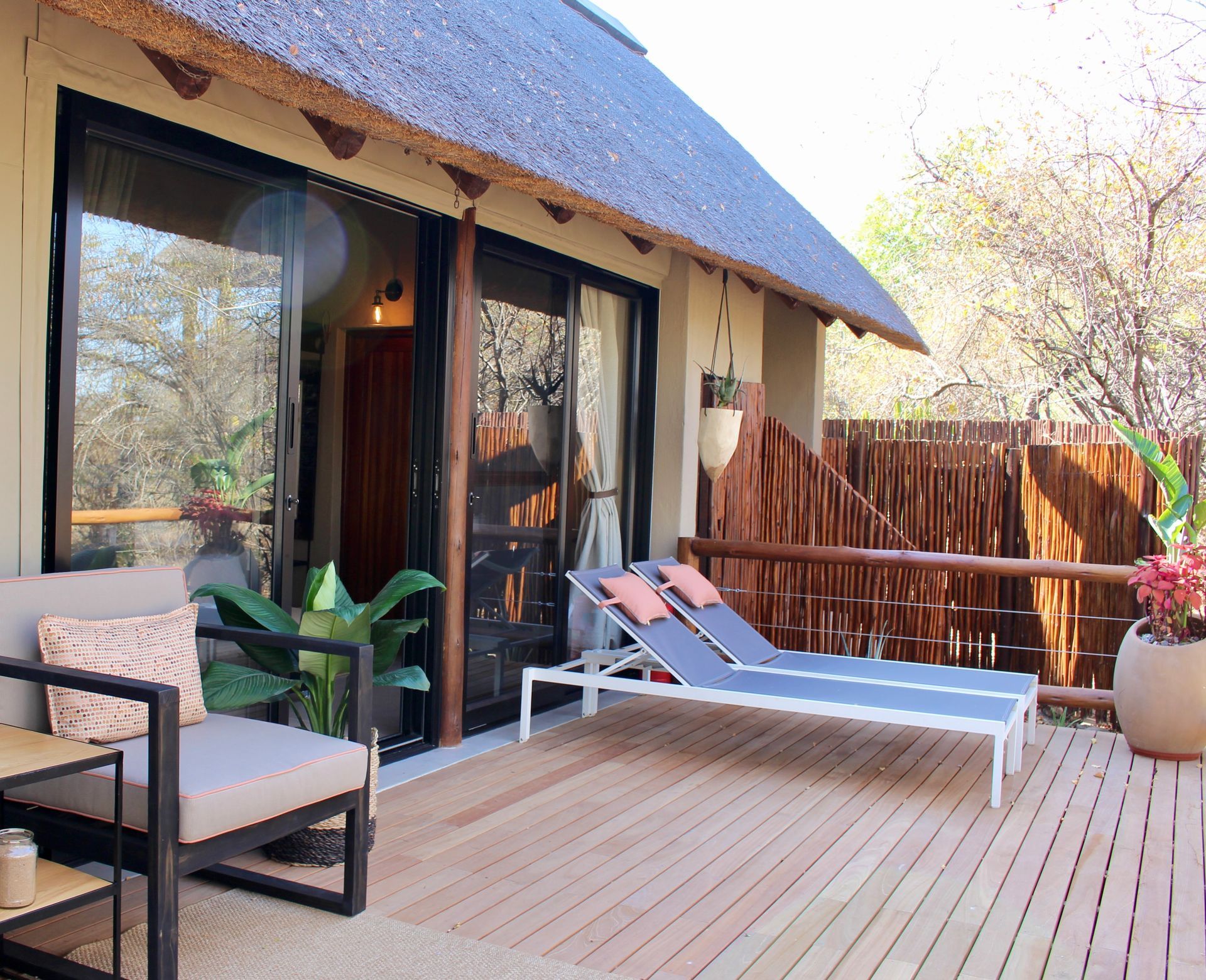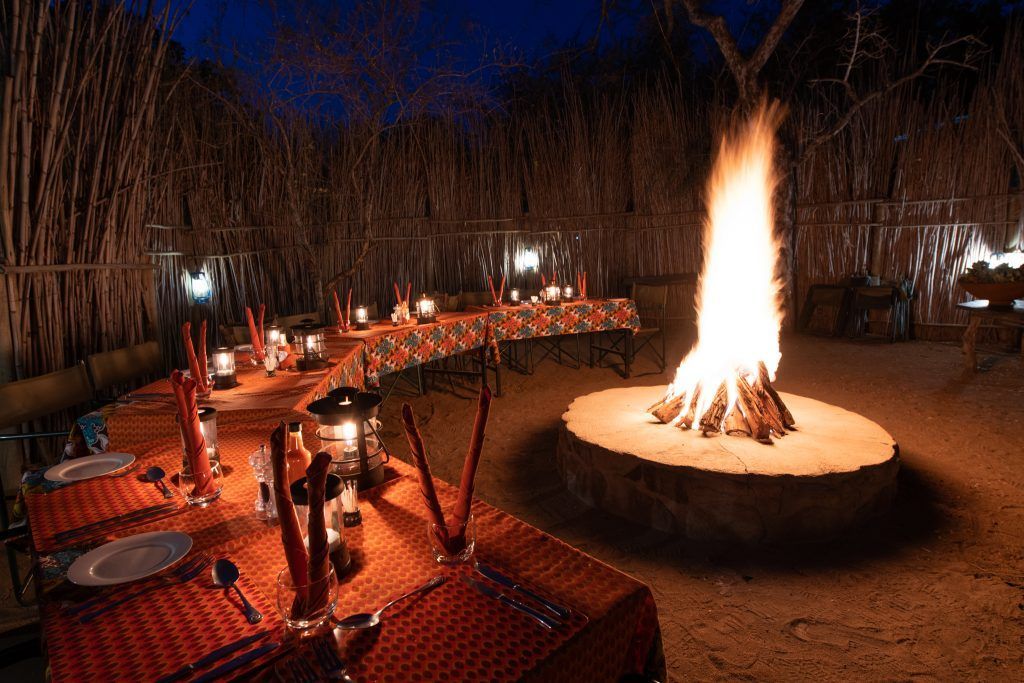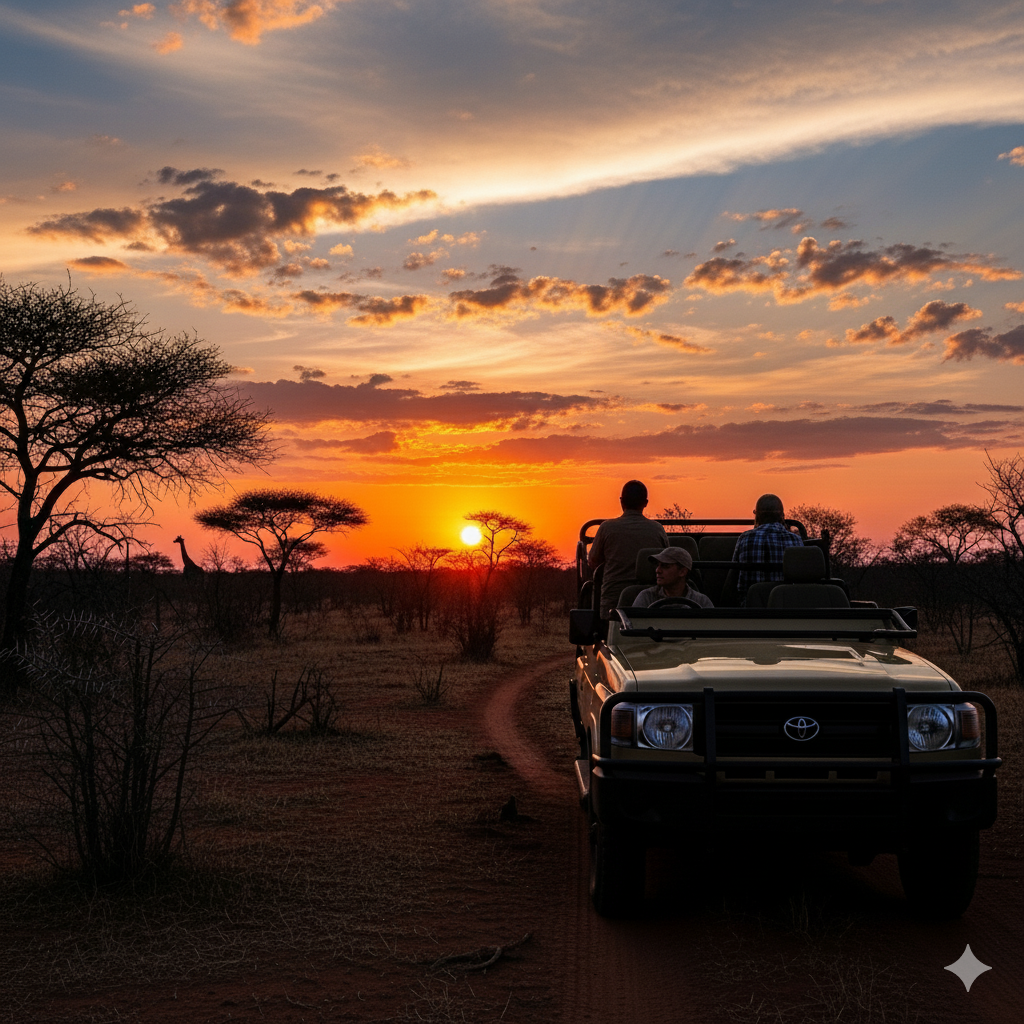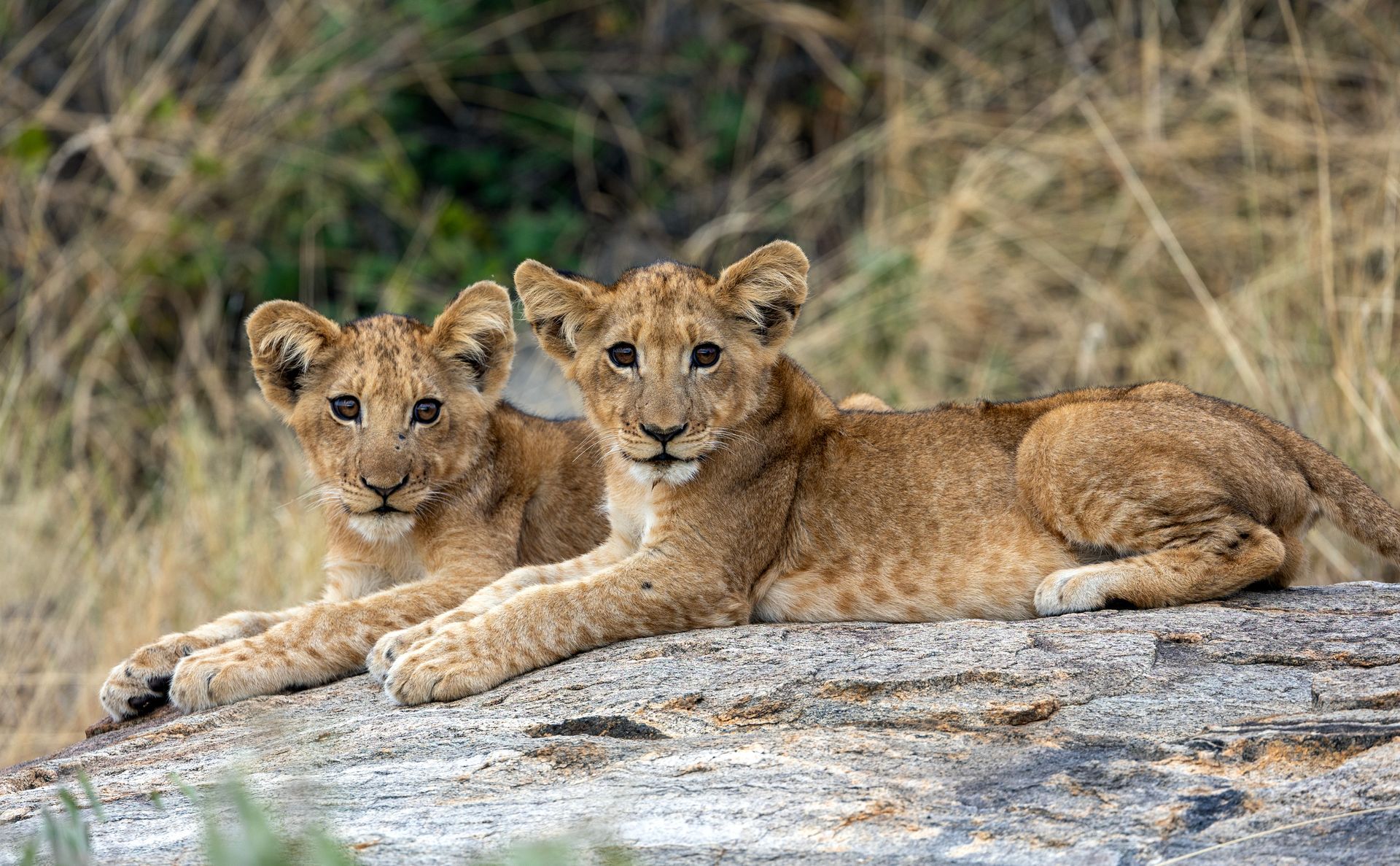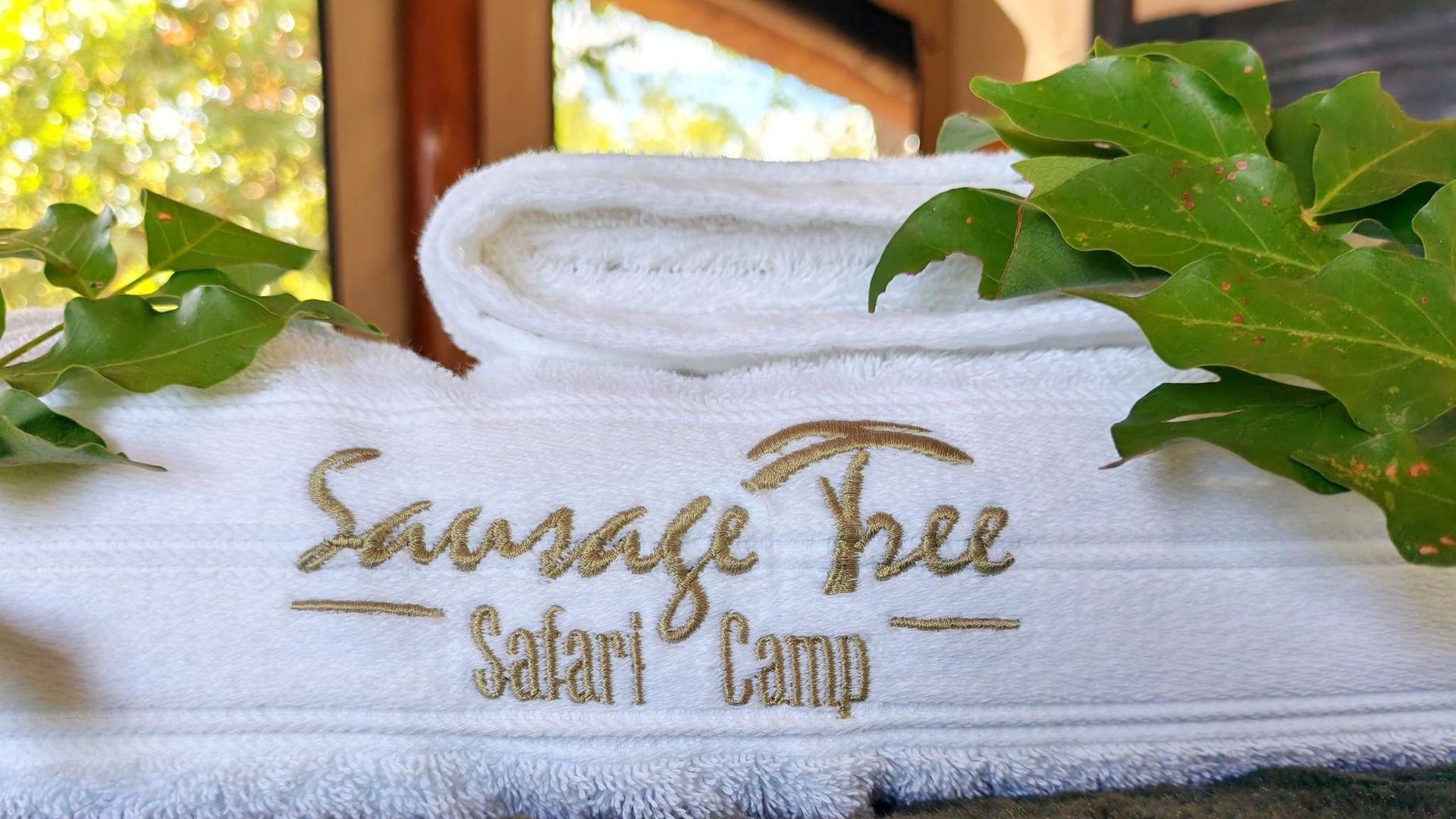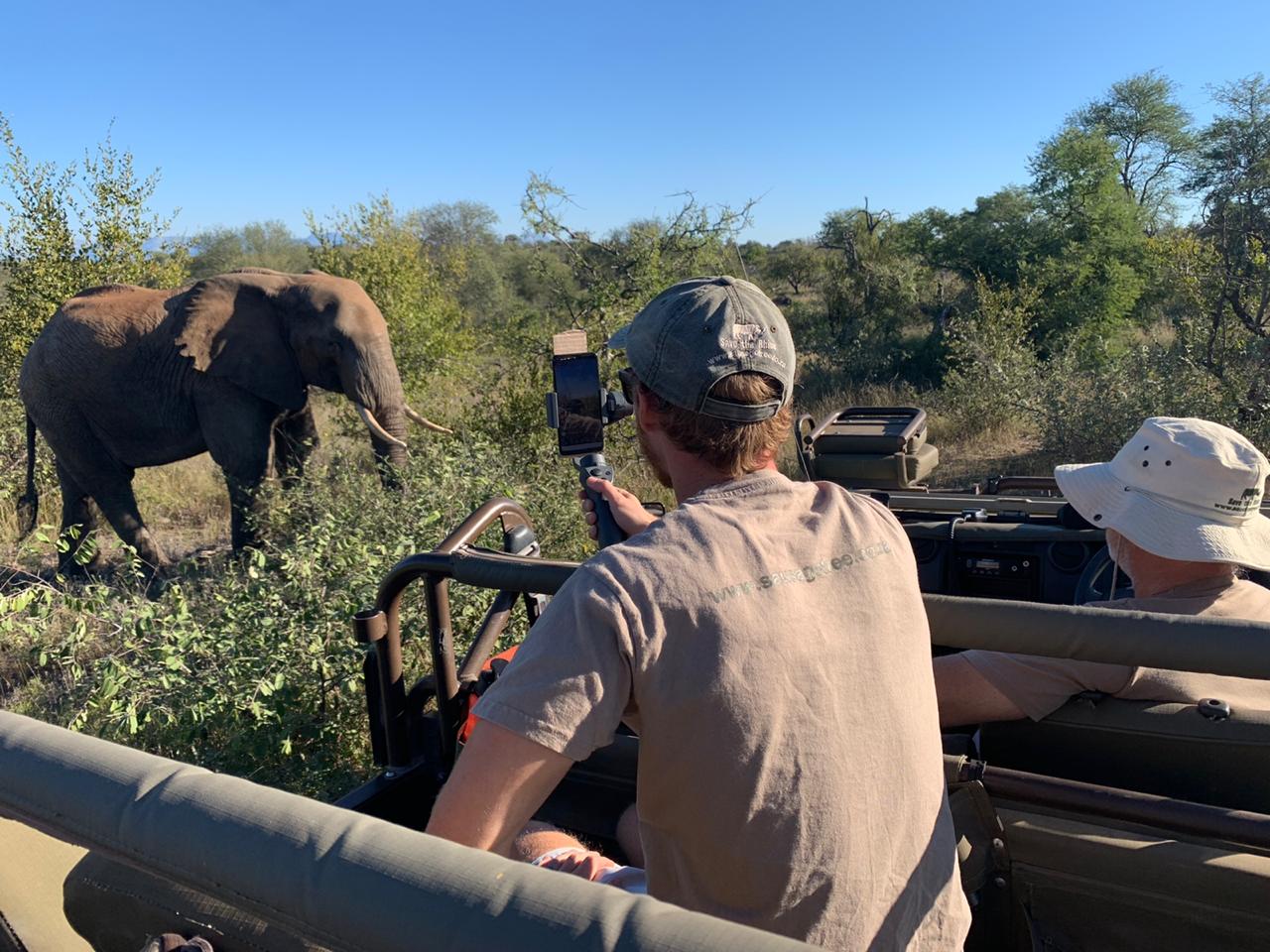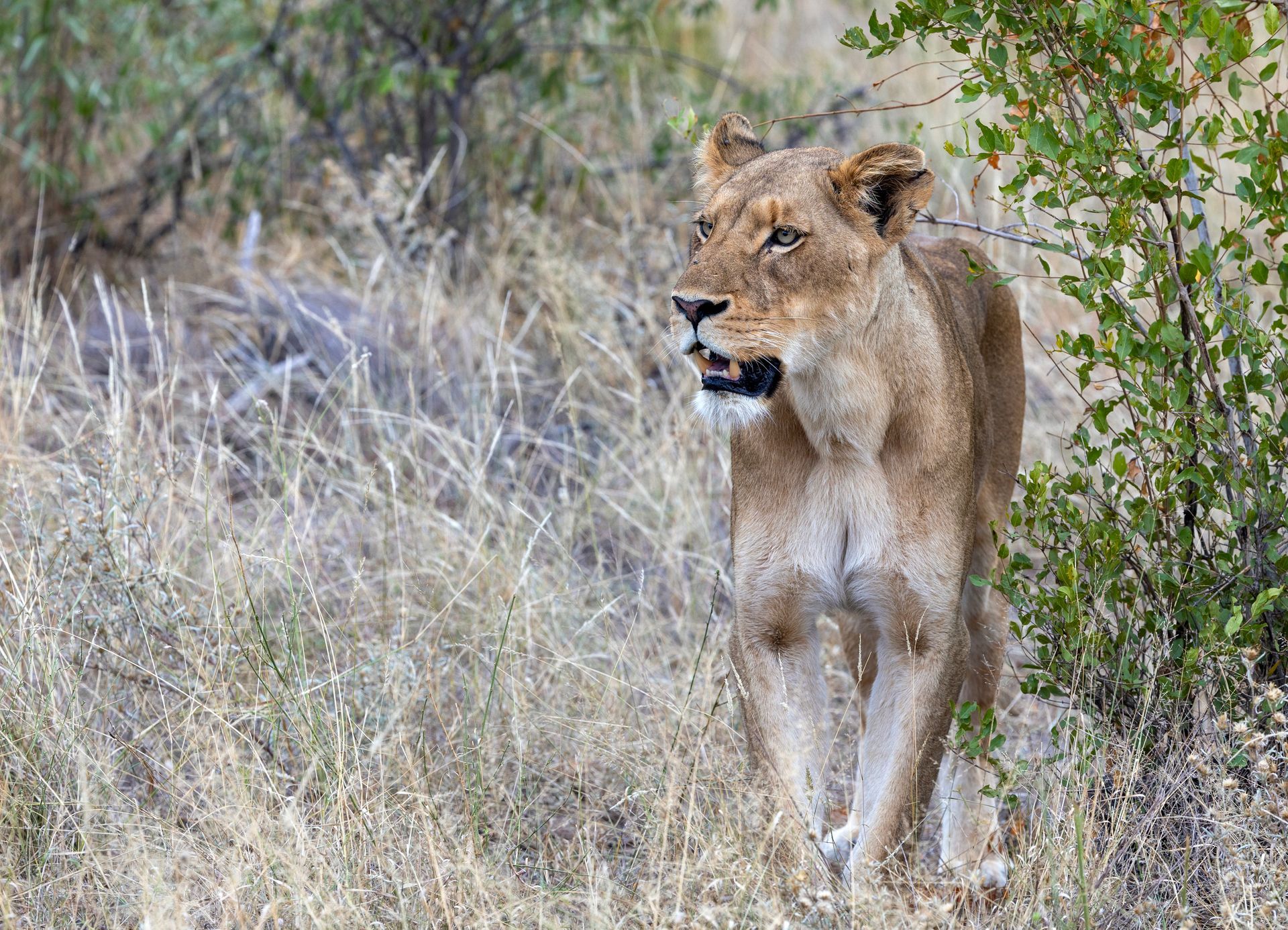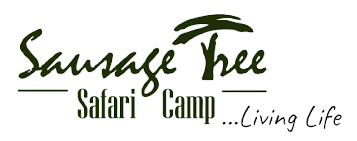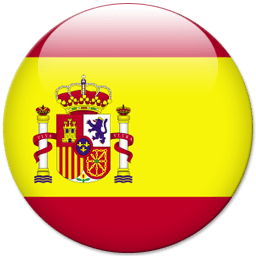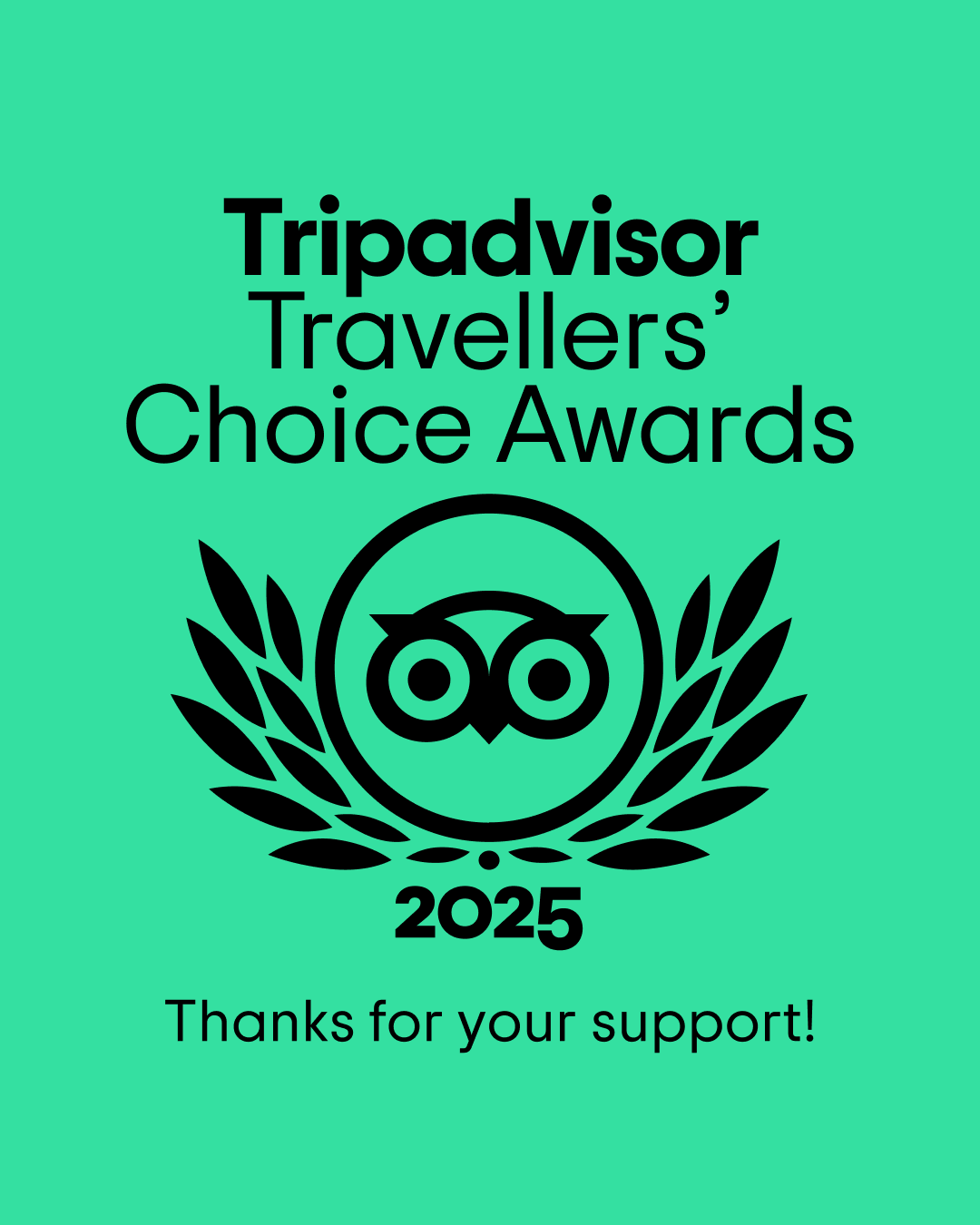5 Reasons to visit Olifants West Nature Reserve
Olifants West Nature Reserve (OWNR) is one of Southern Africa’s most alluring Big Five safari destinations. Expertly guided game drives in open 4x4 Game Viewers, operate out of a scattering of small mid-range camps and offer exceptional wildlife viewing. High densities of elephant and buffalo are attracted to the Olifants River. The reserve is also known for its large lion prides and relatively conspicuous black rhino. Other safari favourites range from giraffe and zebra, plus hippo and warthog, to spotted hyena and cheetah. Most South African private reserves are fenced in their entirety. OWNR, however, is open to the world-famous Kruger National Park , meaning that wildlife moves freely between the two.
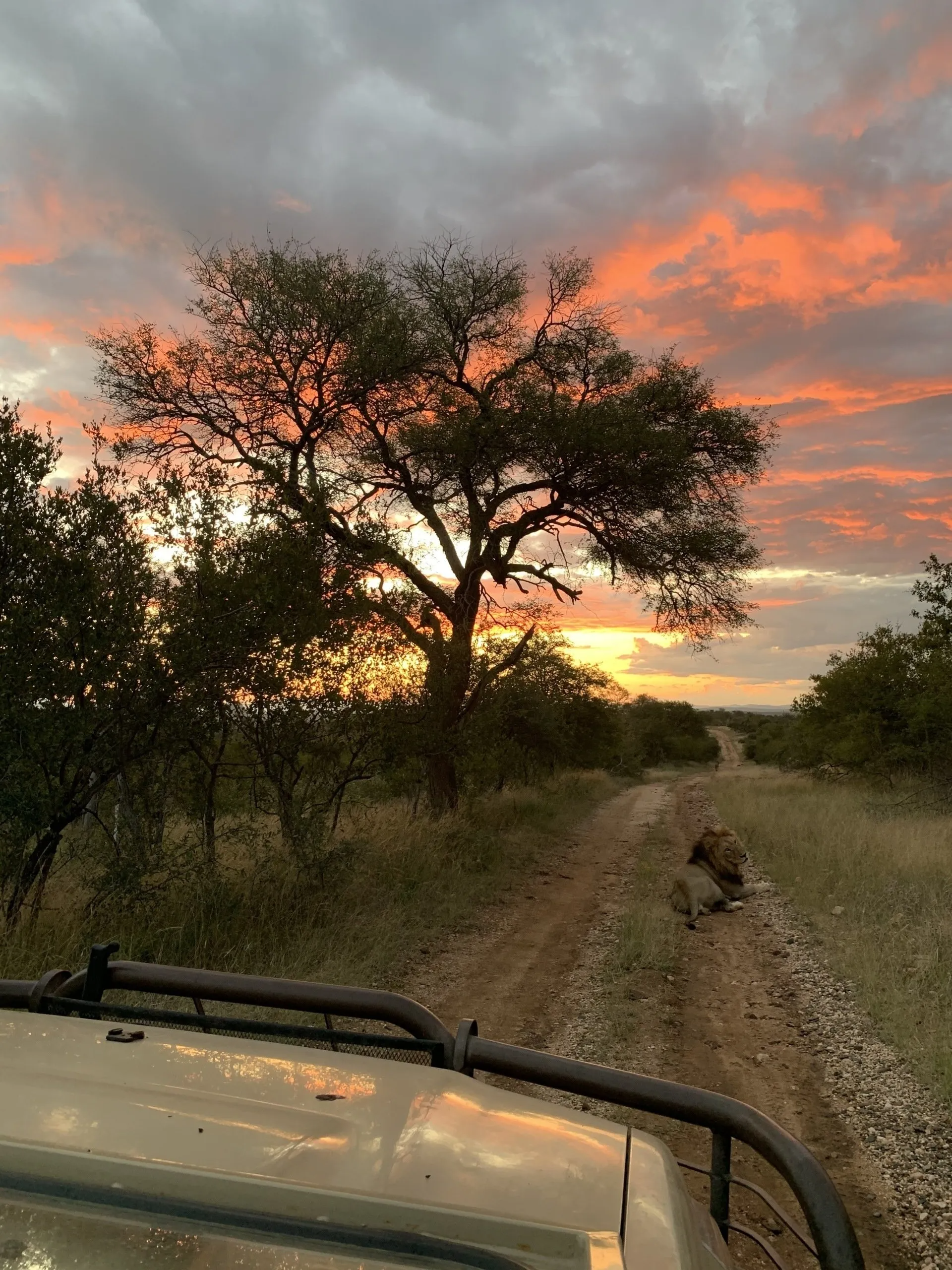
Here are Five Reasons to Visit Sausage Tree Safari Camp
in the Olifants West Nature Reserve
- High wildlife volumes throughout the year due to the Olifants river
- Heart-stopping encounters with the endangered black rhino
- Exceptional sightings of one of southern Africa’s largest lion prides
- One of the most uncrowded corners of the greater kruger
- A great base for exploring further afield
1. High wildlife volumes throughout the year due to the Olifants River
The main river in the Lowveld, the Olifants is a wild and truly magical presence that flows through the northern edge of OWNR towards Kruger. It is a magnet for thirsty wildlife, especially in the Dry season, when less reliable water sources dry up.
The large herds of elephant for which the river is named are regularly observed marching along its banks or crossing between them. Patches of tangled riverine woodland are a favourite haunt of the majestic greater kudu and handsome nyala antelope. Stretch-necked giraffe browse on riverside trees, while baboon and vervet monkey play on the grass underneath.
The river also supports a rich birdlife. Stork and heron pick through the shallows, African fish eagle soar overhead, and colourful barbet, turaco and hornbill congregate noisily on fruiting trees. The riverbank is a superb spot for sundowner drinks. Keep one eye open for Pel’s fishing owl, a massive and eagerly sought nocturnal hunter that emerges at dusk.
2. Heart-stopping encounters with the endangered black rhino
Olifants West Nature Reserve is one of the most reliable places in Africa to see the rare black rhino. This elusive species is far more endangered than the relatively common white rhino, with a global population estimated at just over 6,487.
The black rhino is often quite difficult to locate in its favoured habitat of dense bush. Once sighted, however, encounters are often enlivened by its rather pugnacious temperament. There are no guarantees, of course, but the odds of seeing a black rhino over the course of a couple of days at Sausage Tree Safari Camp are excellent.
The reserve’s success as a black rhino sanctuary rests largely on the dedicated work of a grassroots anti-poaching unit known as the Black Mambas. The unit is comprised almost entirely of female rangers from local communities. The highly effective Black Mambas won the United Nations Environmental Program (UNEP) Champions of the Earth Award in 2015.
3. Exceptional sightings of one of southern Africa’s largest lion prides
Several lion prides are resident in Olifants West Nature Reserve, but none compares to the Takazile pride, which currently numbers 20-plus individuals. The pride is led by the Masungulo brothers ,a coalition of two related males, all now in the prime of life at nine to 10 years old. It also includes seven adult females and almost two dozen subadults and cubs.
With so many mouths to feed, kills are almost a daily occurrence in Takazile territory. But even when this oversized pride is not on the hunt, it is almost always entertaining. In the early morning, youngsters tend to be at their most boisterously playful.
4. One of the most uncrowded corners of the Greater Kruger
Olifants West Nature Reserve forms part of the Great Limpopo Transfrontier Park, which incorporates the Greater Kruger and neighbouring national parks in Mozambique and Zimbabwe. This is the largest safari ecosystem anywhere in Southern Africa, extending across 37,500 km² / 14,478 mile².
Greater Kruger is the only remaining protected area to support viable populations of all the Big Five (lion, leopard, buffalo, elephant and both species of rhino). Wildlife is free to roam throughout the area. All these charismatic creatures and more are frequently spotted on OWNR. Unlike Kruger, however, OWNR is a private reserve. So, while you get to see all same wildlife as in Kruger National Park, often at far closer quarters, tourist numbers are controlled. The bush retains an uncrowded wilderness feel.
5. A great base for exploring further afield
Olifants West Nature Reserve boasts a more varied topography than much of Greater Kruger. Game drives often provide tantalising views west to the Drakensberg escarpment. These magnificent mountains can easily be explored as a day trip out of OWNR. The majestic Blyde River Canyon is only 60km / 37 mile away by road. The canyon is 26 km / 16 mile long and 800m deep, and its lush vegetation supports a wealth of forest wildlife. Blyde River Canyon is the centrepiece of the scenic Panorama Route. This route incorporates the immense God’s Window and Three Rondawels viewpoints, as well as half a dozen gorgeous waterfalls.
And here is a 6th reason. A booking early in 2024 of 3 nights with us at Sausage Tree Safari Camp entitles you to the choice of a free privately guided tour of the Panorama Route or in the Kruger National Park.
